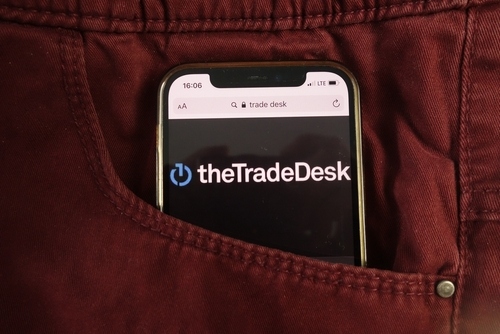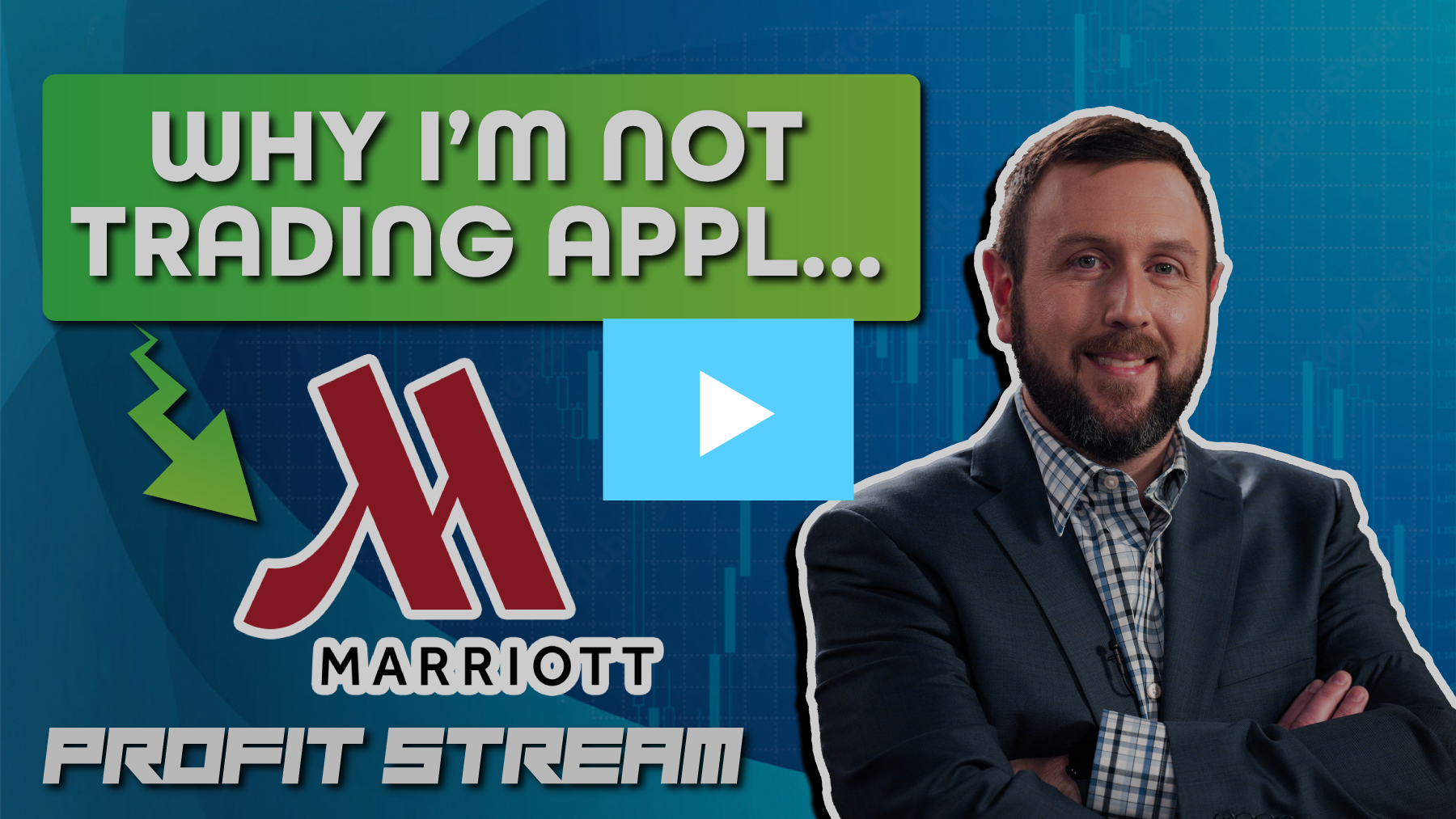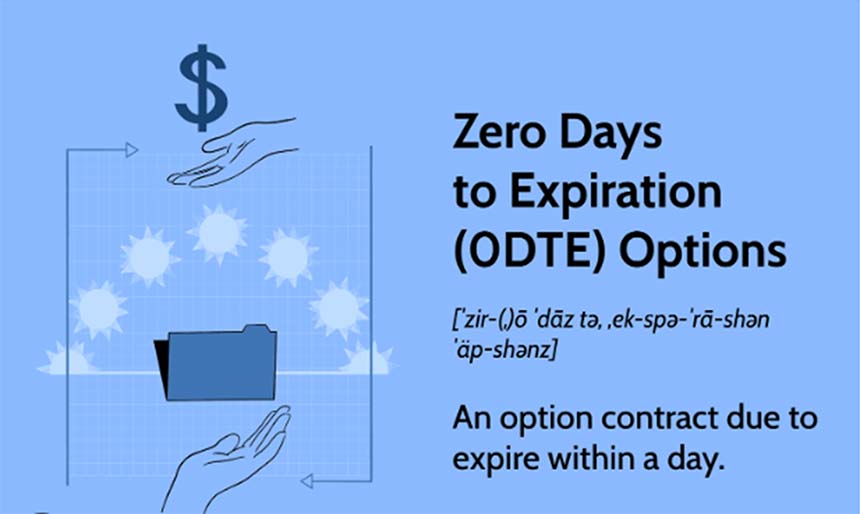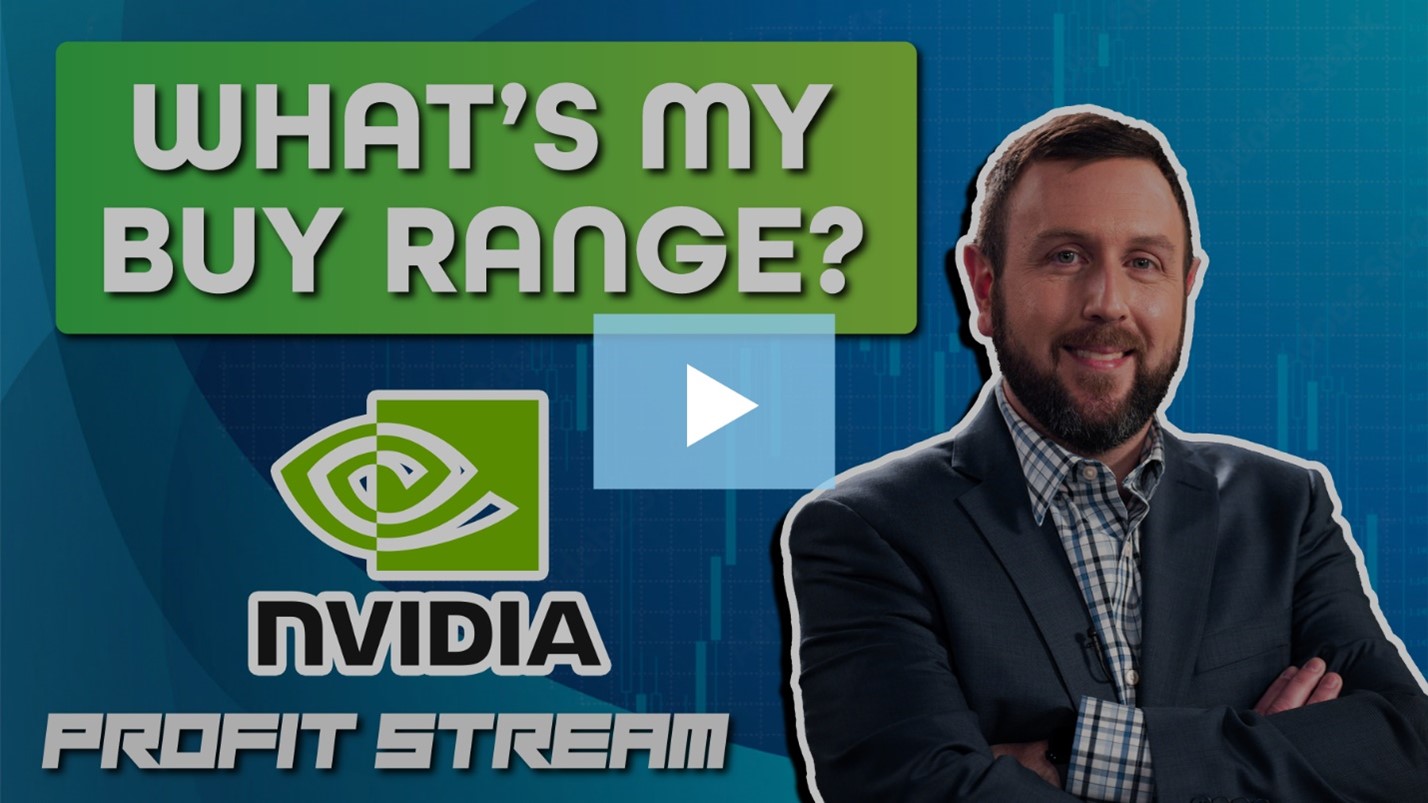How to Generate Income From ALL Your Investments
Generating income today is not an easy endeavor.
In fact, it’s been like that for the past decade. That said, many people are now turning to the options market to look for market-beating returns.
I generate income from options in three ways. Each way is simple to understand and execute. However, each has its own permission requirement set by your broker.
Strategy No. 1 – Covered Calls
The first strategy I use is covered calls. Covered call writing is when you buy/own a stock and you sell an option against it to generate income while you are holding the stock. This requires the lowest level of permission from your broker and can be done in any type of account.
Strategy No. 2 – Put Selling
The next strategy is put selling. Put selling is when you sell an option and are then obligated to buy the underlying stock if the price of that stock falls below the strike price at expiration (sometimes before expiration as well if the share price is well below the strike price).
This strategy requires the highest level of permission from your broker. It can also be done in any type of account, but it’s the most efficient strategy when done outside a retirement account because you can use margin.
When you sell a put, you generate a premium (income) that is yours to keep as an unrealized gain. If the shares close at or above your adjusted cost, you capture that gain. If the shares close below your adjusted cost, you will capture a loss and be forced to buy the shares at the strike price. Because of this complexity, I recommend put selling for experienced investors only.
Strategy No. 3 – Trading Spreads
The third strategy is trading spreads. A spread is simply the distance between two points. In the options world, it is the distance between two prices. For example, if you have two options on “XYZ stock,” once that has a strike price of $45 and the other a strike price of $50, the spread between the two is $5.
Let’s say you buy the $45 option for $2 and sell the $50 option for $1, your cost would be $1 to make a spread of $5. That type of trade is called a bull spread and would require “XYZ stock” to close above $46 for you to break-even. Your upside would be limited to $5 ($50 minus $45) since you sold the $50 strike option.
I use a similar spread strategy, but not exactly the same as the one above. My strategy does require the buying of one option at one strike price and the selling of another option at a higher strike price. However, there is one major difference. The options I buy and sell have two different expiration dates. This trade is called a diagonal spread.
How a Diagonal Spread Works
When you engage a diagonal spread for “XYZ stock”, for example, you would buy the $45 strike options expiring in 2026 for $2 and sell the October 2024 $50 strike calls for $0.50. What you have done is obligated yourself to sell “XYZ” at $50 in October if the price closes above that. But you would also have the right to buy “XYZ” at $45 by buying the $45 strike option.
You actually can win both ways with this. If “XYZ” does not go to $50 at expiration, you still get to keep your $0.50 for selling the option and you still get to keep your $45 option. But, you generated a 25% return $0.50/$2. Come expiration, you would sell another option against the option that you own since the first option expired.
If you were able to repeat that trade several times before the 2021 expiration, you would generate a significant return. And, if “XYZ” closed at $50 or even close to that, you would also be looking at a nice capital gain situation. The downside is if the price of “XYZ” plunged below $45 and stayed there. In that case you would lose what you paid for the $45 option less any amounts you already received for selling options against that position.
![]()
YOUR ACTION PLAN
Spread trading isn’t for everyone…but there’s a big reason why it should be. It’s a great way to reduce your cost while increasing your upside or generating income. I use Spread Trades all the time in The War Room. Last week, I closed a 105.13 premium capture on BAC in 287 trading days using a diagonal spread strategy.
If you’d like to follow along with my spread trades, click here to join The War Room today.
More from Trade of the Day
The No. 1 Insider Stock for 2024?
Jul 26, 2024
Why I’m Buying This 3-month Trigger Catalyst
Jul 24, 2024
Jul 23, 2024

























